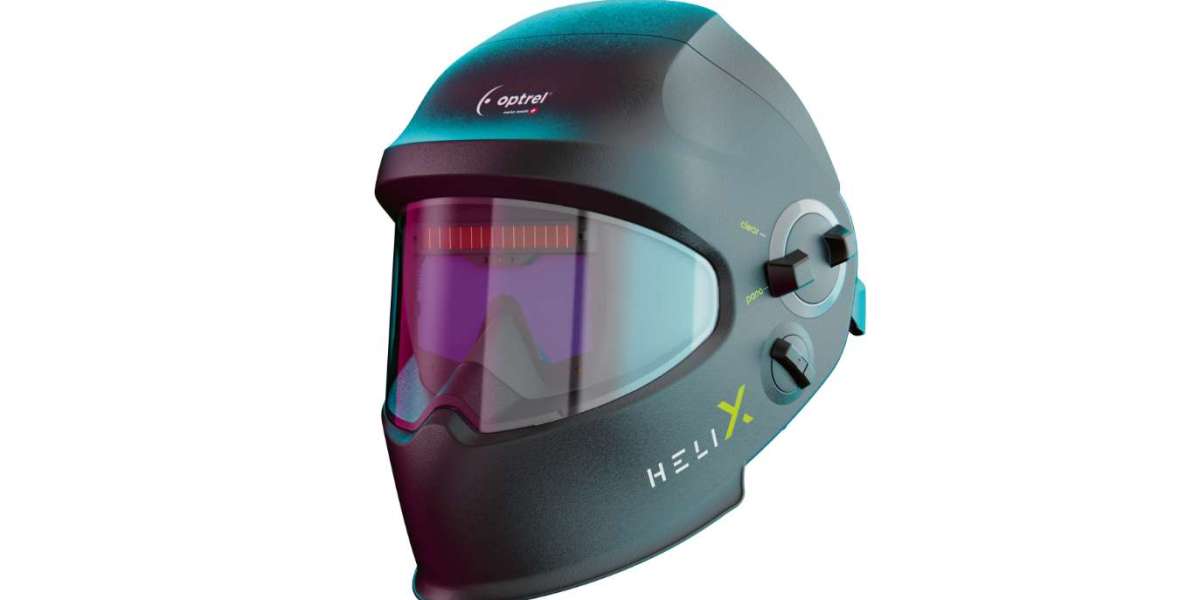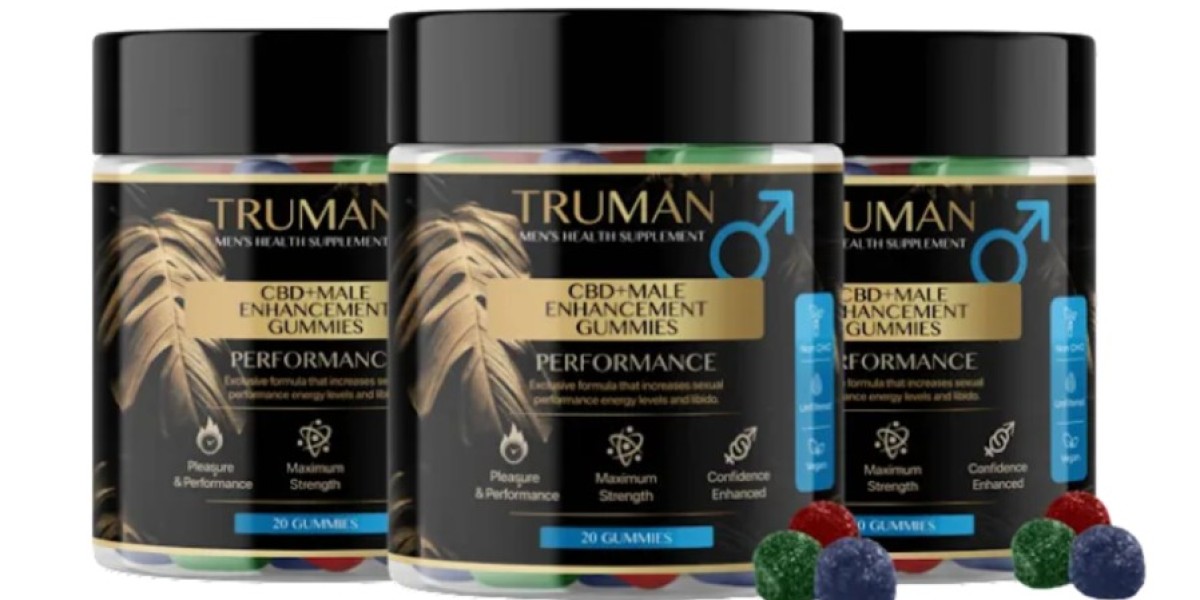Welding is a skilled trade that requires not only precision but also severe attention to safety. One of the most critical pieces of equipment a welder must have is a welding helmet. While the primary purpose of a welding helmet is to protect your face and eyes from sparks, debris, and harmful radiation, understanding the proper shade levels of the helmet is just as important. This article will provide a beginner's guide to welding helmet shade levels, helping you choose the proper protection for your welding tasks.
What is a Welding Helmet Shade Level?
When you're welding, the arc generated by the welding machine emits intense light, ultraviolet (UV) rays, and infrared (IR) radiation. A welding helmet's shade level refers to the darkness of the lens, which is critical for protecting your eyes from these harmful rays. Without the correct shade level, the welder risks temporary or permanent damage to their vision, including issues like the welder's flash (arc eye), burns, or even blindness.The shade level of a welding helmet is rated by numbers, typically ranging from shade 5 to shade 13. A higher number represents a darker lens, providing more protection from brighter welding arcs. Different welding processes require different shade levels due to the varying intensity of the light produced. Whether you're using a PAPR welding helmet, an Optrel welding helmet, or an ESAB welding helmet, selecting the appropriate shade is essential for both safety and comfort.
Common Shade Levels and Their Applications
Understanding the various shade levels will help you choose the correct helmet for your specific welding tasks. Here is a general guideline for matching shade levels with different welding applications:
Shades 5-8: These lower shades are generally used for cutting operations like gas welding, plasma cutting, and brazing. They provide some eye protection but aren't dark enough for arc welding.
Shade 9-13: These are the most commonly used shade levels for arc welding, including MIG (Metal Inert Gas), TIG (Tungsten Inert Gas), and Stick welding. As a beginner, you'll likely use shades within this range. Higher levels like shade 12 or 13 are required for higher amperage welding processes, where the arc is brighter and more intense.
Shade 14 and above: Some helmets offer darker lenses for extreme welding environments, but these are rarely necessary for everyday welding tasks.
The Importance of Auto-Darkening Helmets
One key innovation in modern welding helmets is auto-darkening technology, which automatically adjusts the shade of the lens in response to the brightness of the welding arc. This feature eliminates the need to flip your helmet up and down between welds, which not only boosts productivity but also minimizes exposure to harmful rays during those moments.High-end welding helmets, such as the Optrel welding helmet and ESAB welding helmet, often come equipped with auto-darkening filters that adjust the shade level in real-time. For example, when you're not welding, the lens may be at a resting state of shade 3 or 4, allowing you to see your surroundings. Once the welding arc is struck, the lens darkens instantly to the appropriate level, usually within milliseconds.For beginners, investing in an auto-darkening welding helmet can make the learning process easier and safer. It ensures that you're always protected without needing to manually adjust the shade level, which can be both time-consuming and potentially hazardous if forgotten.
Choosing the Right Shade Level for Different Welding Processes
Welding involves various processes, each with its specific requirements for shade level. Below is an overview of the standard welding methods and the shade levels they typically require.
MIG Welding (Metal Inert Gas): MIG welding is one of the most popular methods, especially for beginners, because it is relatively easy to learn. This process uses a wire electrode and shielding gas to create a weld. Depending on the amperage you're working with, you'll need a shade level between 10 and 12. Higher amperage will require a darker shade.
TIG Welding (Tungsten Inert Gas): TIG welding is more precise and is often used for thinner materials or critical welds, like those on stainless steel or aluminum. This process typically requires a shade level between 9 and 13, depending on the amperage. TIG welding produces less spatter but still requires sufficient eye protection because the arc can be extremely bright.
Stick Welding (SMAW): Stick welding is another standard method and typically requires a darker lens, with shade levels ranging from 10 to 13. Stick welding produces a lot of spatter and a bright arc, so a higher shade level is often necessary, especially for higher amperage settings.
Plasma Cutting and Gas Welding: Plasma cutting and gas welding don't require as dark a shade as arc welding processes. These processes typically use shade levels between 5 and 8. However, it would help if you still had eye protection to avoid exposure to sparks and infrared radiation.
The Benefits of Adjustable Shade Helmets
Not all welding helmets have a fixed shade level. Many modern helmets, such as those from Optrel and ESAB, feature adjustable shades. This means that you can change the shade level depending on the welding process or material you're working with. For example, an adjustable PAPR welding helmet allows welders to switch between plasma cutting, MIG, TIG, and Stick welding without changing helmets. This versatility makes adjustable shade helmets an excellent choice for welders who perform various types of work. Instead of buying multiple helmets, an adjustable helmet with auto-darkening technology can adapt to your needs, providing the right amount of protection for any given task.
Why Comfort and Weight Matter
When selecting a welding helmet, it's easy to focus solely on features like shade level and auto-darkening technology, but comfort is equally important. You could be wearing your welding helmet for hours at a time, and a poorly designed or heavy helmet can lead to discomfort, fatigue, and even long-term health issues like neck strain.Brands like Optrel and ESAB are known for designing lightweight helmets that offer excellent protection without sacrificing comfort. Additionally, many helmets come with adjustable headgear, which can be fine-tuned for a snug fit, reducing the pressure on your head and neck.
Moreover, helmets like the PAPR welding helmet not only provide head and face protection but also incorporate respiratory protection, making them ideal for welders working in environments where fumes and particulate matter are a concern. PAPR systems include a powered air-purifying respirator that delivers filtered air into the helmet, keeping you safe from harmful contaminants while welding.
The Role of Standards and Certifications
As a beginner, it's essential to ensure that your welding helmet meets the necessary safety standards. In the United States, welding helmets must comply with the ANSI Z87.1 standard, which sets requirements for impact resistance, lens quality, and UV/IR protection. In Europe, helmets must meet the EN379 standard.Reputable manufacturers like Optrel and ESAB ensure that their helmets meet or exceed these standards, offering peace of mind that you are adequately protected. Always check for these certifications when purchasing a helmet to ensure it offers the level of safety required for welding tasks.
Conclusion
Understanding welding helmet shade levels is a fundamental aspect of welding safety. Selecting the right shade level ensures your eyes are protected from the harmful light and radiation emitted during welding. Whether you're a beginner or a seasoned professional, investing in a high-quality welding helmet, such as those from Optrel, ESAB, or PAPR welding helmets, is crucial for protecting both your eyes and your overall health.When choosing a helmet, consider features like auto-darkening filters, adjustable shades, and comfort. By understanding the different welding processes and the shade levels they require, you can make an informed decision that not only enhances your safety but also improves your overall welding experience.








